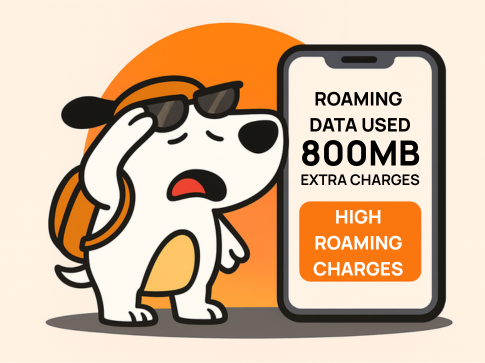Understanding IP Addresses: CGNAT, Static, and Dynamic IPs Explained
- shafirar
- Feb 13
- 3 min read
Updated: Apr 4
In the digital world, IP (Internet Protocol) addresses play a crucial role in connecting devices to the internet. Whether you’re browsing the web, streaming videos or running a business network, IP addresses ensure data gets where it needs to go. But what exactly is an IP address, and what’s the difference between CGNAT, static and dynamic IPs? Let’s dive into the details.
What is an IP Address?
An IP address is a unique numerical identifier assigned to a device connected to the internet or a local network. It acts like a postal address, ensuring that data sent over the internet reaches the right destination.
IPv4 and IPv6:
IPv4: The most common format, consisting of four numbers separated by dots (e.g., 192.168.0.1).
IPv6: A newer format designed to handle more devices, featuring a longer alphanumeric structure (e.g., 2001:0db8:85a3:0000:0000:8a2e:0370:7334).
Types of IP Addresses
IP addresses can be categorised based on how they are assigned and managed:
1. Dynamic IP Address
Definition: A dynamic IP address is assigned by your internet service provider (ISP) and changes periodically.
How It Works: Your router or device is assigned an available IP from a pool when it connects to the network.
Advantages:
Cost-effective and requires less management.
Suitable for everyday internet users.
Disadvantages:
Not ideal for hosting websites or accessing devices remotely, as the address changes frequently.
2. Static IP Address
Definition: A static IP address remains constant and does not change over time.
How It Works: Assigned manually or by an ISP upon request, static IPs are fixed and predictable.
Advantages:
Ideal for hosting servers, remote access, and VoIP services.
Ensures a stable connection for devices requiring consistent identification.
Disadvantages:
Higher cost and requires careful management.
Can pose security risks if not properly protected.

What is CGNAT (Carrier-Grade Network Address Translation)?
CGNAT is a technology used by ISPs to conserve IPv4 addresses by sharing a single public IP among multiple users. Instead of assigning a unique public IP to every device, CGNAT creates a network of private IP addresses.
How It Works:
Your devices operate using private IPs within the CGNAT network.
Data is routed through a shared public IP before reaching the internet.
Advantages of CGNAT:
Efficient use of limited IPv4 addresses.
Reduces the need for ISPs to transition entirely to IPv6.
Disadvantages of CGNAT:
May cause issues with applications requiring a public IP, such as online gaming, remote access, or hosting services.
Can limit advanced configurations like port forwarding.
When to Use Static, Dynamic, or CGNAT IPs
Dynamic IPs
Best for everyday internet users who browse, stream, and shop online.
Minimal management and cost make it a practical choice for most households.
Static IPs
Necessary for businesses or individuals who:
Host websites or servers.
Require remote access to devices (e.g., CCTV systems).
Use VPNs that rely on consistent IPs.
CGNAT IPs
Suitable for standard home internet use, especially when IPv4 addresses are scarce.
Less ideal for advanced users needing direct public IP access.
How to Find Your IP Address
You can easily check your IP address by:
For Public IP:
Search "What is my IP?" on Google, and it will display your public IP address.
For Private IP:
On Windows: Open Command Prompt and type ipconfig.
On macOS: Go to System Preferences > Network and select your active connection.
IP Addresses and Security
Security is crucial when managing IP addresses, particularly static ones. Follow these tips to stay safe:
Use Firewalls: Protect your network from unauthorised access.
Enable Encryption: Secure your router with WPA3 or WPA2 encryption.
Regular Updates: Keep your router firmware up to date to prevent vulnerabilities.
Monitor Network Activity: Check for unfamiliar devices connected to your network.
Conclusion: Choosing the Right IP Setup
Understanding IP addresses and their different types is essential for optimising your internet experience. Dynamic IPs suit everyday users, while static IPs are better for businesses and advanced setups. CGNAT offers a practical solution for ISPs but may limit some functionalities.
At E.Tel, we ensure seamless connectivity for all your needs, whether it’s home or mobile internet. If you’re unsure which type of IP setup is best for you, reach out to our support team. We’re here to guide you toward the perfect internet solution.


